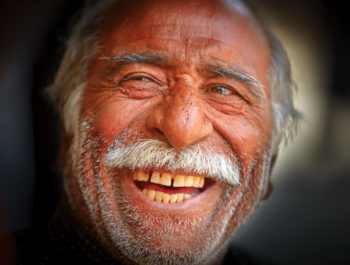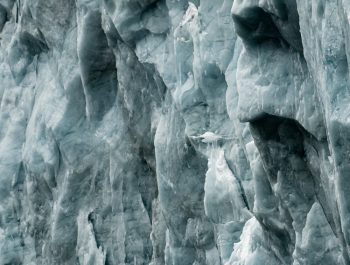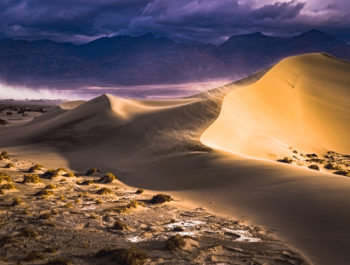An Essential Manual For The Travel Photographer – Part 1
In many ways, the travel photographer needs to be a master of all disciplines because the craft of travel photography can cross so many borders!
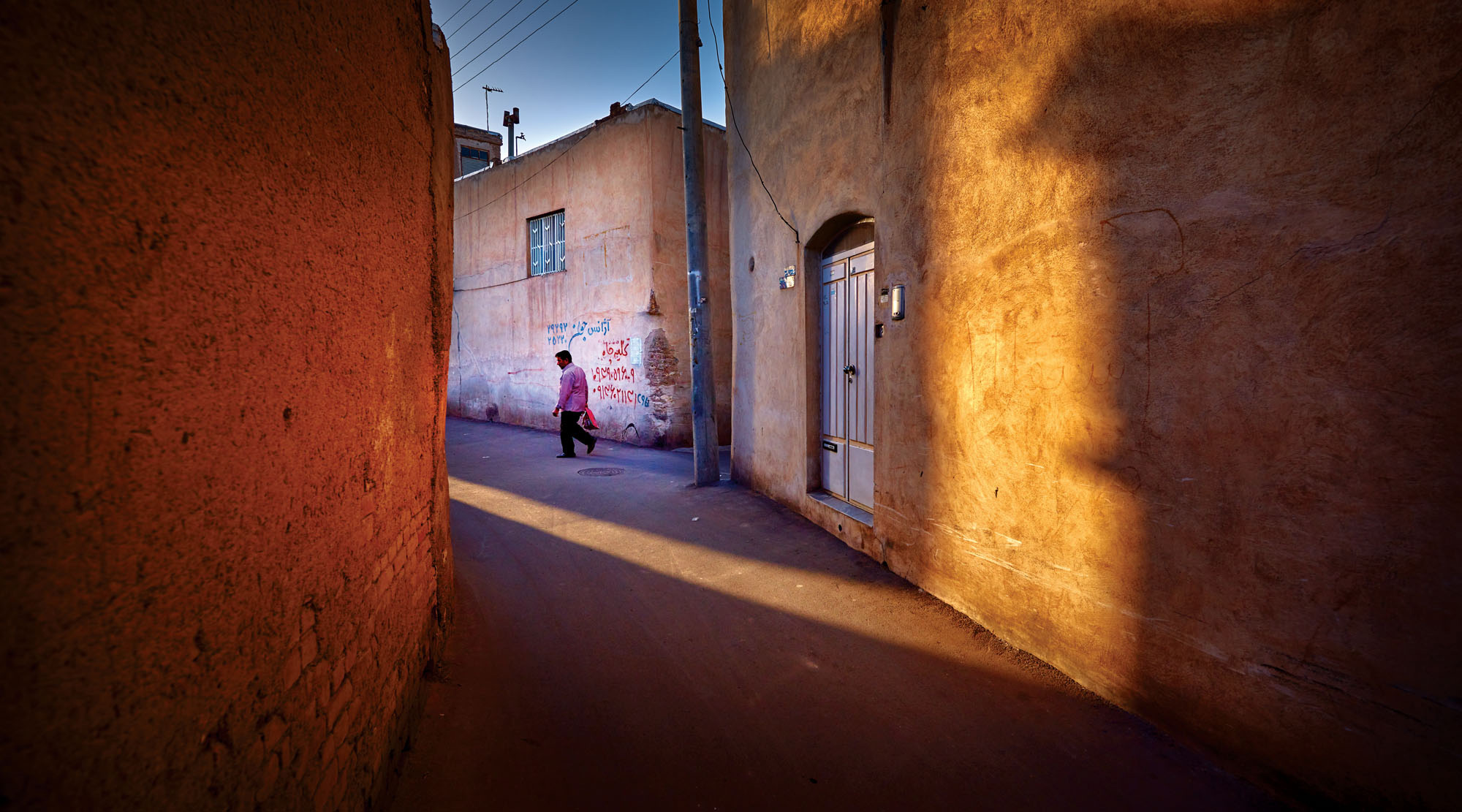
Publishers Note: With pandemic restrictions easing up many of us are thinking and looking forward to traveling again. My good friend Peter Eastway in this two part series gives us a lot to think about as we prepare to venture out again. I hope you enjoy his suggestions. Look for part two tomorrow.
It has never been easier to take great travel photographs. It’s easy to travel to distant locations, easy to stay in comfortable accommodation, and easy to get well exposed, sharply focused images with the latest DSLR and mirrorless cameras.
And it’s never been more difficult to stand out from the crowd!
Everyone is a travel photographer and everyone has a travel album or portfolio to show you. And, boy, are they proud of their photography, even if the photos were only taken with their mobile phone.
Part of the enjoyment of being a travel photographer is sharing your images with others. Part of the challenge is convincing people your photos are worth looking at!
To get people to look at our travel photographs and enjoy the experience, we have to create images which are a step above the average. We need to search out unusual places, exotic subjects and creative techniques. We need to create images that not only record a travel scene, but impart a feeling or an emotion. What was it like to be there? What did we feel as we stood there, taking the photograph? How can we share that feeling with the people at home?
The challenges of travel photography are more exciting than ever and the opportunities stretch out as far as you’re prepared to go.
There are lots of things to consider as travel photographers, so we’ve distilled the essentials.
Note, we’re talking more about ideas and concepts, rather than specific techniques because when you’re a travel photographer, you need to be well versed in lots of different areas, including landscape, people, architecture, wildlife, macro and so on.
And that’s before you open your photos up into Lightroom, Capture One or Photoshop!
Are Exotic Travel Locations Better?
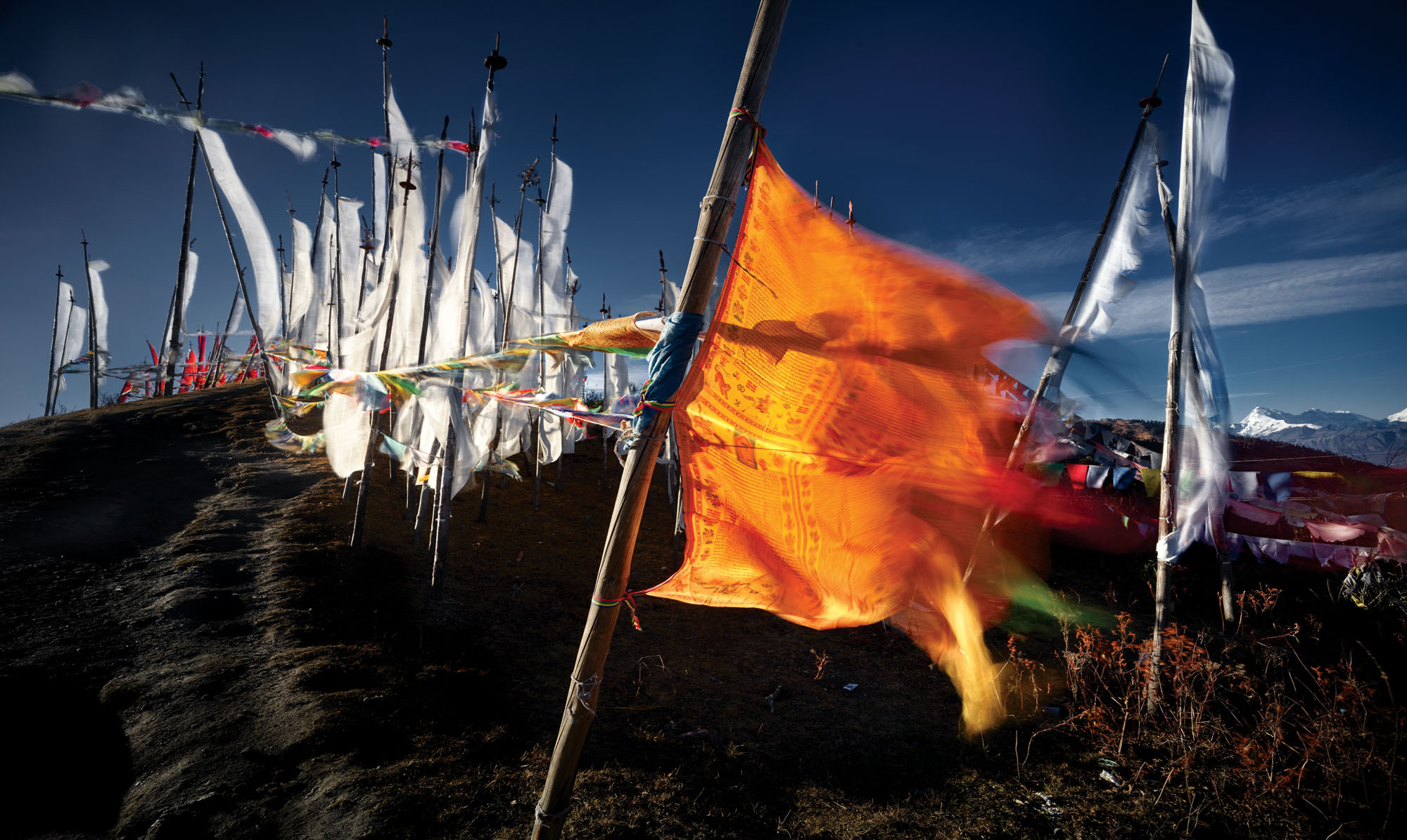
What is your aim as a travel photographer?
Most people see travel photography as a record of their experiences, a series of images that are personal to them: selfies in front of famous monuments, snaps of an authentic meal, the inside of their hotel room. This is a valid approach and one most of us follow on one level or another.
However, for experienced travel photographers, their aim may be to produce something with more general appeal to a wider audience: strong, striking images with lots of impact and interest. But to achieve this, we first need to consider our audience.
For an Australian audience, photographs of Uluru in the heart of our Red Centre will provoke only a moderate level of interest because most people have already seen photographs of The Rock or visited the location personally.
In comparison, photographs of an oversized horseman atop a tiny donkey, trotting towards a remote caravanserai in western Iran is well out of the ‘normal’ zone for most city-dwellers in Australia and may pique more interest.
If you want to be a successful travel photographer in the public arena, be that on social media or exhibitions, you need to be noticed.
Sure, you’ll need a high technical standard of photography, but that is simply expected by the audience. Of more importance to them is the subject matter: the where and what, rather than the how.
So, when we look at successful travel photographers, the question we should ask ourselves before holding them up as templates or mentors, is, how much of the success is driven by the location? And how important is it to us?
For many of us, we choose our destinations because they interest us. They may interest us because other travel photographers have exposed the destination. Locations like Bhutan, Patagonia and Iceland come to mind, but what if you want to visit Paris, New York or Sydney? These are no longer exotic destinations in the public realm, but they still offer wonderful opportunities for travel photographers.
When it comes to our own travel photography, success is not only determined by how much publicity or notoriety our images gain. While it’s nice to have lots of likes and hearts on social media, of more importance is what the images mean to us. Our travel photographs should have lots of emotional baggage attached – lots of memories, experiences and stories that might be quite boring to other people.
So, in terms of the public, an exotic destination is going to create more of a buzz. Even within your own circle of family and friends, exotic destinations will have more appeal.
However, I don’t believe we should approach travel photography with the sole desire to make travel photographs appealing.
For me, great travel photography will record and express what a traveller experienced. It’s not just the destination, but the journey, the people, the culture and the environment.
If you can capture a range of experiences and opinions, and present them as a portfolio or a book that you are proud of, then that to me is the mark of a successful travel photographer.
Should You Research Before You Go?
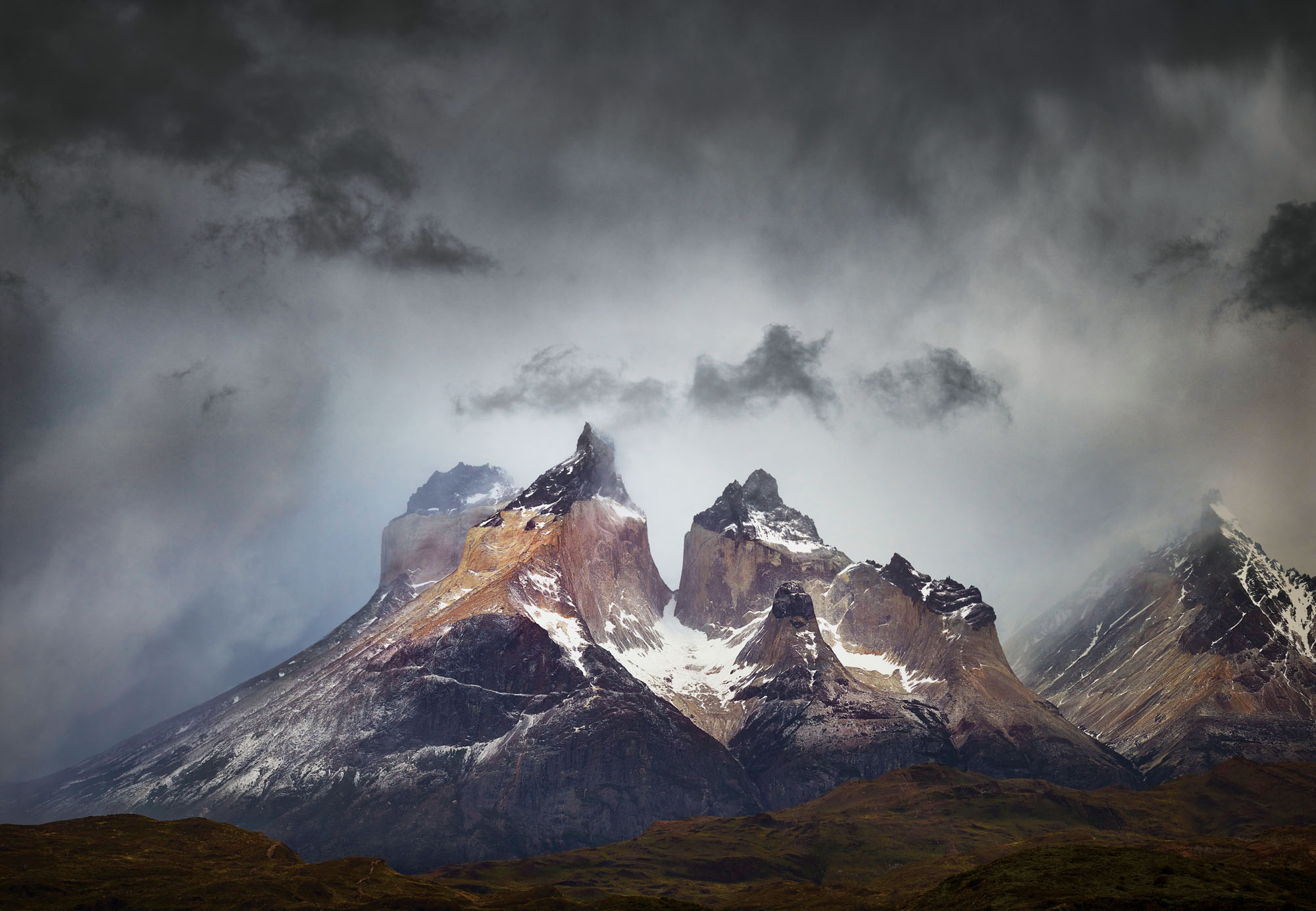
Some photographers like to turn up to a location knowing very little about it. They claim this helps them look at what’s there without any preconceived notions of what they should photograph. The danger in this approach is that you might miss some amazing opportunities just around the corner – it seems a pity to travel so far and miss out on something because you didn’t know it was there!
Other photographers research their destination and work out what they want to photograph, then move onto the next photo opportunity. The danger in this approach is they might be blind to unexpected opportunities that arise along the way.
The best way to tackle travel photography lies between these extremes.
Professional travel photographers will usually have several locations in mind. They may have worked out a number of angles and determined the best time of day, based on their research of travel guides, photography books and the internet.
However, at the same time, they are open to new ideas and if a good one arises, they may choose to bypass one or two of their original locations because they have discovered something that is better.
Of course, weather and the seasons also come into play. Bad weather can wreak havoc on travel plans, so it is important as a photographer to have a laid-back approach to whatever happens. While you might miss out on one location, you could find yourself walking into something even better.
So, how do you research a travel destination. Here are some ideas before you go:
Internet There is lots of information on the internet, some good, some horrible! However, photographs don’t lie. In addition to some standard searches on Google etc, think about searching ‘Images’ for particular locations as well. While the quality of the photos might not be particularly good, you’ll be surprised at what crops up.
Google Earth and Maps These days, not only can you view your prospective destination as a map or a satellite image, you can click on the sometimes hundreds of images attached to a location as well. It’s a rather undiscerning view and often the photographers who have quickly provided their views have missed some wonderful opportunities, so don’t write off a destination simply because the Google photos aren’t much to look at.
Travel Agents Yes, they still exist! Not only can they provide you with travel brochures and information about prospective destinations, some can even suggest destinations and side-trips you might not have been aware of.
Books A trip to amazon.com or your local bookshop can reveal lots of great locations. The Lonely Planet and DK travel guides are wordy, but the latter also has a range of good quality images to help you decide on destinations.
Souvenir Shops Local shops can provide a wealth of information, especially if you’re looking to photograph the icons of the area. Postcards and travel books will definitely have the hot locations, even if they aren’t so hotly photographed.
Local Guide Shops Taking a one day tour at the beginning of a longer stay can be a good way to get a feeling for a place, plus the operators are likely to introduce you to other locations and ideas.
Airports If the area has an airport, chances are you can hire a helicopter or a light plane, or take a joy ride. It’s not the cheapest way to get around, but the views from atop are always worthwhile and it certainly gives you a good overview.
Hotels and Restaurants Talk to the locals and ask them for ideas. If they don’t know themselves, ask where other tourists have visited.
Pot Luck And don’t forget to let your sixth sense rule. Take a chance, jump on a bus to an unknown destination, pick a place on a map you know nothing about. Fortune favors the brave!
When Should You Travel?
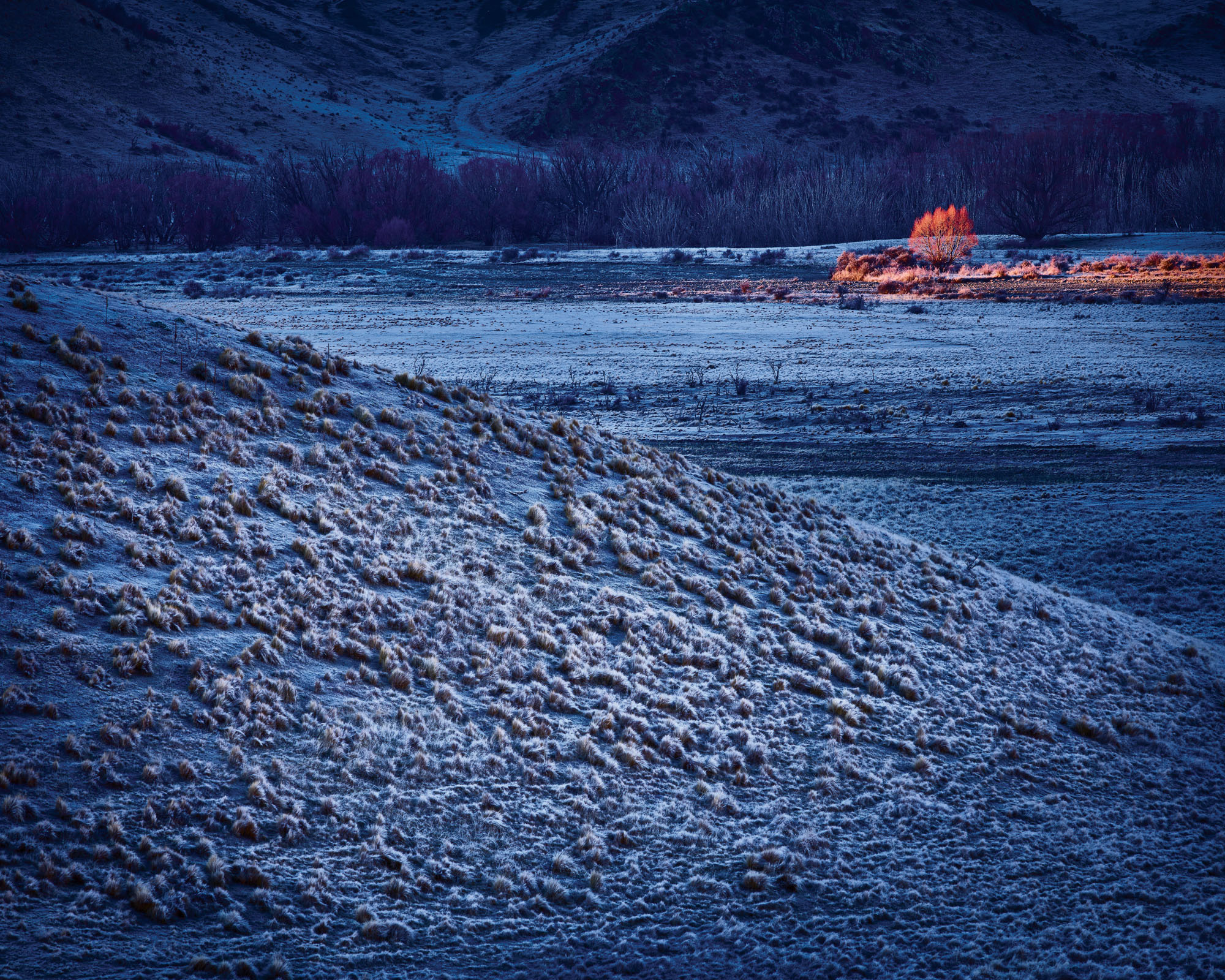
Is there a better time to travel? Is there a best time to take photographs?
Many people plan their travels to suit life at home. They take their annual holidays when it’s quiet at work; they go to escape the cold winter at home, or they travel because a friend has time off and so they fit in with them.
These are not good reasons for travelling to take photographs and while in some ways it mightn’t matter when you travel (there is always something great at the other end to point your camera at), there are situations when picking the wrong time of year, week or day is fundamentally flawed!
The most obvious example is the season of the year. If you want to photograph snow, you need to travel when it’s winter at your destination. There’s not much point turning up in the heat of summer and wondering why the ski fields are all green!
Of course, this is a rather trite example, but many people see photographs in travel brochures and books, but don’t stop to think what time of year it is. If you’re interested in capturing the wild flowers in Western Australia or the autumn colours in the Bavarian mountains, you need to travel at the right time of year – and even then you might miss it. Some natural events are determined by Mother Nature, not an airline flight schedule.
One great reason to travel is to see the many ‘human’ festivals that happen annually around the world. They might be sporting events, religious ceremonies or dance festivals. Some events happen daily, some events are performed more regularly to keep the tourist market happy, but often the best, most authentic events happen once a year and that’s what makes them so great to photograph.
Before settling on a time to visit a location, do a little research to see what’s happening at your destination at various times of the year.
Even if your travel schedule is fixed, it’s worth researching the destination to find out what’s happening when you visit. You might miss out on the wildflowers, but you could catch a dance festival instead.
One thing worth remembering when travelling: things can go wrong. A concert can be cancelled, the weather can turn foul, or your flights are delayed. It’s great to plan some aspects of your travel, but having the right attitude to challenges along the way will make you a lot happier.
While you might be disappointed to miss out on a special opportunity, this may lead to something quite different and unexpectd a few hours or days down the track.
An important skill for the travel photographer to learn is to go with the flow.
Rather than getting upset about what you think you might have missed, concentrate on what you have in front of you. Chances are it will be every bit as exciting!
Who Do You Travel With?
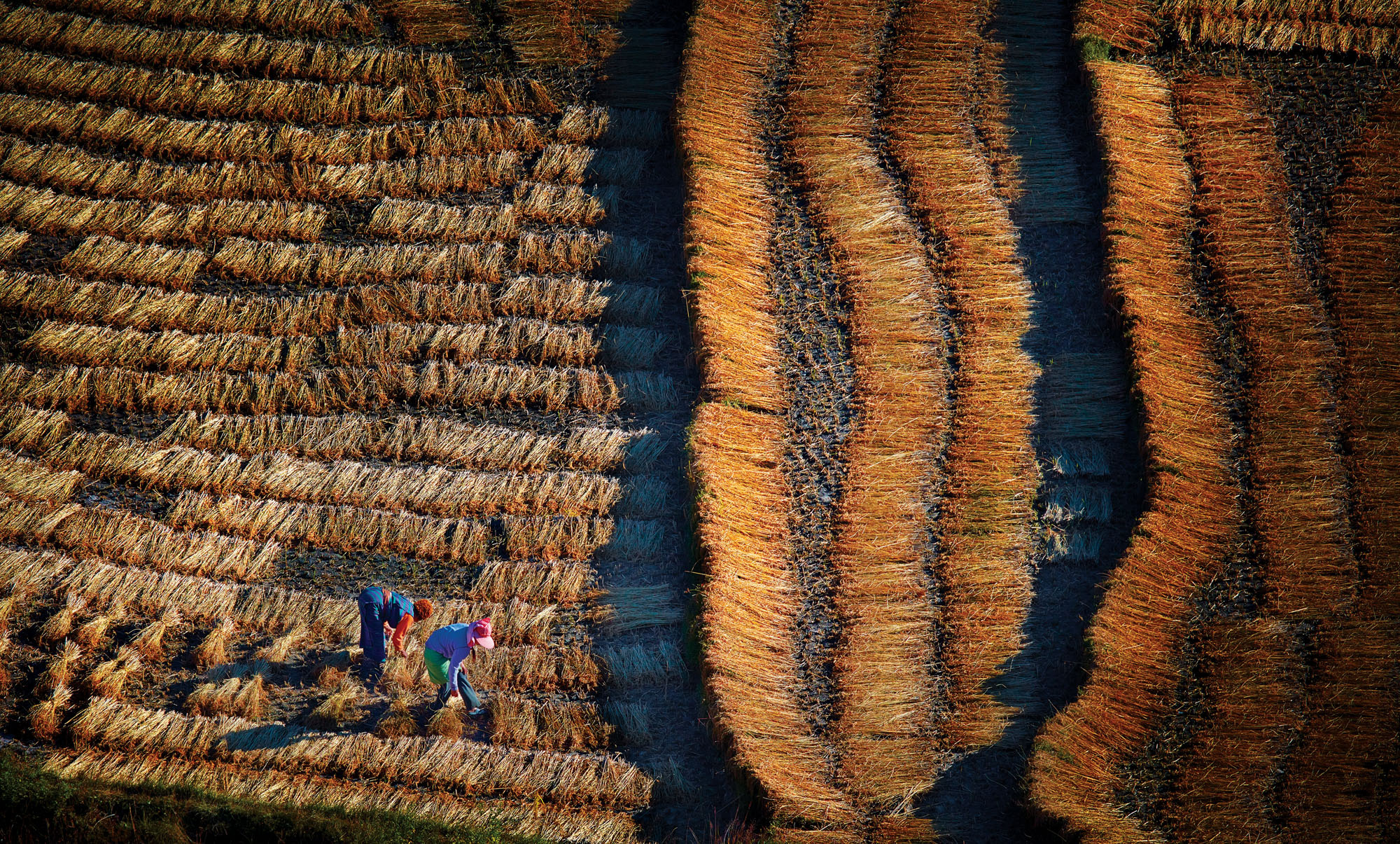
There are many ways you can travel: on your own, with your family, with another photographer (or two), on a tour and on a specially designed photography tour.
Each has its advantages and disadvantages.
Travelling on your own means you have few restrictions in terms of where you go and what time you start. For a travel photographer, this is very important. You need to optimise your photography opportunties by ensuring you pick good locations at the right time of the day. Assuming you know where to go and you like your own company, travelling on your own is great for travel photography.
Travelling with your family may limit the number of opportunities you have, assuming you wish to still have a family by the end of the trip! For a photography-only adventure, it might be fairer on your family to travel with another photographer and choose a second destination where you can spend more time with the spouse and kids.
Certainly touring with another photographer is a good way to travel. You can share expenses to make it more economical and it’s amazing what you discover by sharing ideas and viewpoints along the road.
Of course, it’s not always possible to travel with a photographer friend, so another option is to join a tour.
A general tour is, generally, not a good idea for a photographer. While general tours are less expensive and may have excellent itineraries, they never seem to give you enough time at each location to take good photographs and chances are they don’t arrive when the light is best. These aspects can be incredibly frustrating, especially when you view an amazing sight out the back window of a departing bus.
A photography tour can be as good as travelling with another photographer and sometimes better. If you get a group of people who get on with one another, and you have a guide who understands photography and has good local knowledge, you can find yourself in locations and situations you’d simply drive past on a larger tour or on your own.
However, photography tours can be a little more expensive – guides and drivers need to be up earlier and home later if the photographers are to get the best light, and this adds to the cost.
There are a number of photographers who write regularly for Better Photography magazine and who also take photo tours and run workshops. If you enjoy the articles they write, we’re sure you’ll enjoy travelling with them too!
Travel Photography Shoot List
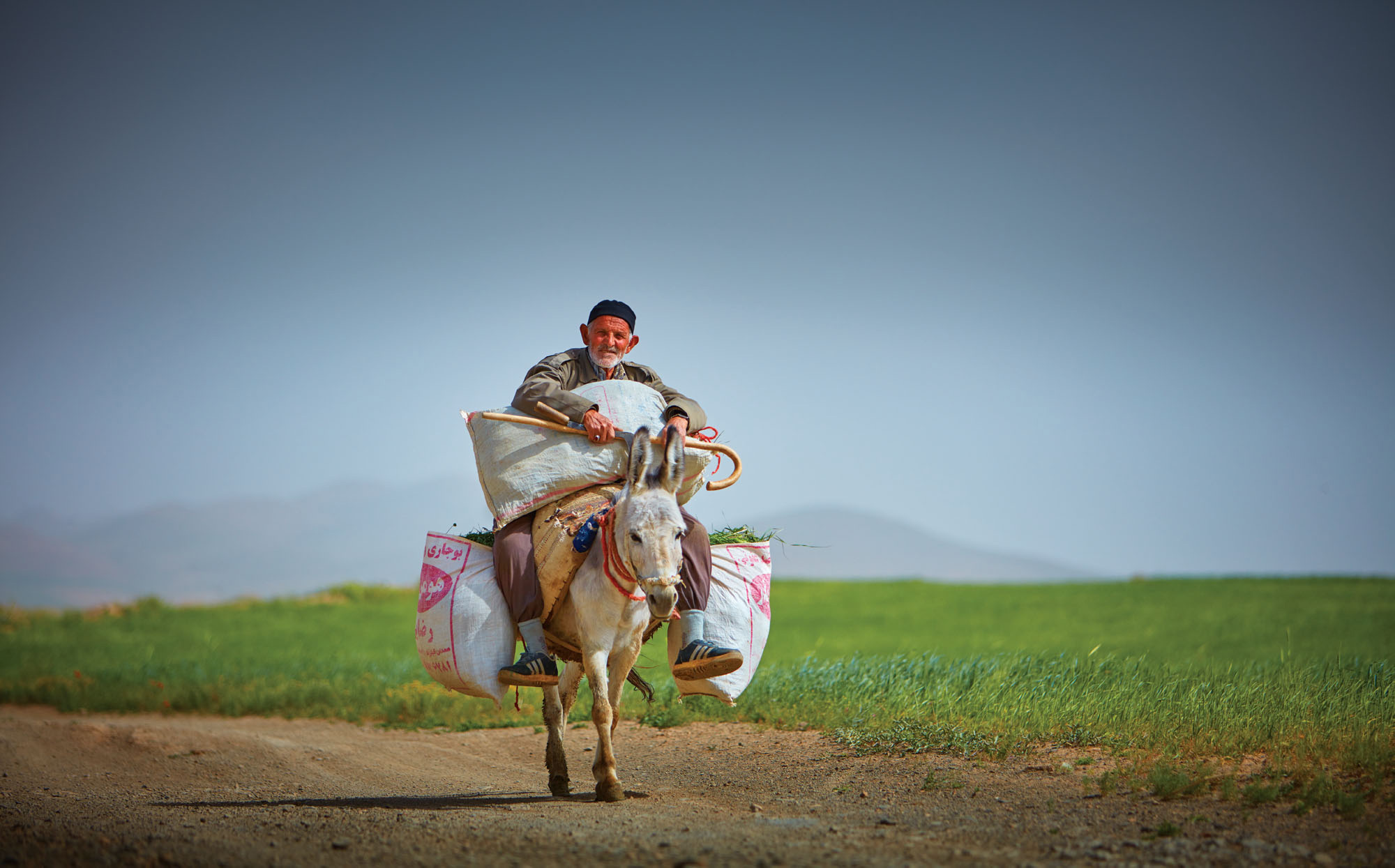
What do you photograph when you’re travelling? The answer is everything.
Rather than missing an opportunity because you’re worried about filling up a memory card, why not take a few extra memory cards?
To make your presentations interesting, you want to show viewers what life is like in a distant destination. In addition to the iconic travel photographs, shoot details of everyday life: close-ups of bus tickets, a meal in a restaurant, taking a train ride…
Images of the mundane and commonplace in a distant destination can be really interesting to viewers back home and that’s one of the great advantages of being a travel photographer: being given the opportunity to see things with fresh eyes.
Here’s an incomplete list of some subject ideas for your travel photography:
Icons It’s important to photograph the famous landmarks associated with a destination. There’s no point returning from Paris without a photograph of the Eiffel Tower. Yes, it’s true everyone has their own photos of this famous spire, but yours don’t have to be the same. Try to find something new and interesting, but be sure to photograph the icons.
People People ‘make’ a destination, so make sure you photograph them. If you’re not good as a people photographer, shoot images from a distance and use a telephoto lens. Make sure you find some strong faces and not just of the young and old, although these are crowd pleasers.
Clothing Everyday dress as well as special costumes say a lot about a destination, giving it a ‘travel’ flavour.
Street Life Take time to sit in a cafe and watch life pass you by. Keep your camera on your lap and be ready to shoot. It might be someone who sits at the table next to you, or a telephoto shot of someone across the road, but spending a little time is a great way to get a feeling for a place and to catch some great shots too.
Food While you’re at the cafe, order a drink or a meal. Photograph it.
Buildings Local architecture can be a source of strong abstracts as well as distinctive images. Shoot the buildings in situ as well as sections and details. Don’t forget doors, windows and roof lines.
Hotel Rooms A few shots of your rooms before you open your suitcase can be great, and don’t forget to look out the window. You can almost make a series of images from hotel windows.
Details Photograph the little things that you find interesting… the teaspoon, the sugar, the street names, the bus signs, an old man’s hand. You might even take a macro lens with you to get in really close.
Fauna and Flora Outside the cities, or perhaps in the botanical gardens or zoos, you should be able to find some animals and plants that are specific to your detination. A macro lens is really useful for small flowers.
Night Time Don’t put your camera away when the sun goes down. And don’t automatically pull out your flash gun either. You’re more likely to get atmospheric images at night with a high ISO setting and if there’s a little bit of noise in the image, too bad!
Panoramas & Stitches Don’t forget to take a series of stitched panoramas to really give people a sense of what a destination is like.
Travel Photography – What’s the Output?
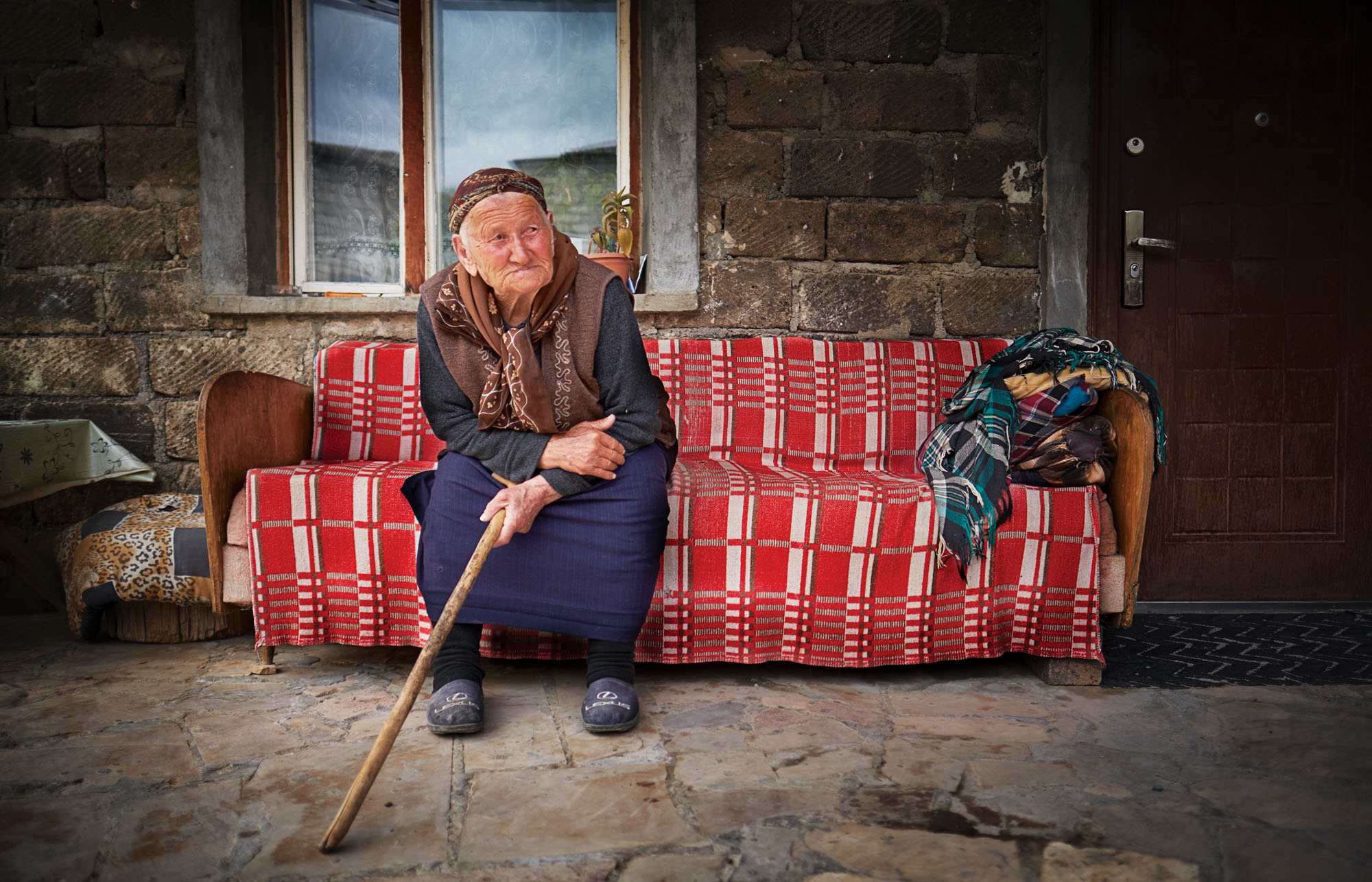
It is important to think about what you want to do with your photographs before you travel. We’re not suggesting you plan every shot, rather you have in mind how you want to show your images.
For instance, if you only plan on producing a small number of hero photographs (to hang on the wall or for an exhibition), then lots of little detail photos are probably unnecessary.
On the other hand, if you plan to make a photo book or an audio visual, shooting details is really helpful for building a story. Similarly, if you are producing an output which shows a series of images, it’s a good idea to photograph important subjects in a number of different ways: up close, from a distance, horizontal, vertical, during the day and at night etcetera.
The Hero Shots
If you plan to make a few large prints, make sure your camera technique is appropriate. We’re assuming you’re shooting in raw, so put the camera on a tripod, select an ISO setting that will be noiseless, and take lots of different shots to ensure you get exactly the right angle. Remember, many trips are once in a lifetime opportunities, so slow yourself down and shoot freely.
Then, when you return home, you can spend as much time as necessary processing your raw files and producing the master files needed to produce a series of fine art prints.
Storytelling
There are two common ways of telling a story of your travels.
The photo book is a great medium to combine lots of photographs in a package that is easy to view, any time, any place.
On the other hand, if you can get everyone to settle around a television or a digital projector with a sound system, you can knock your audience out with emotive images and music.
The way you shoot for both outputs is similar because both can be used to tell a story through a series of images.
The first step will be to edit your work. Very often less is more. Don’t dilute your work with images that aren’t quite good enough. It’s much better to show a twenty page photo book of strong images than 120 pages of mediocre ones.
When editing the images, put yourself in your viewers’ shoes: there are many images that will be personally important to you, but may not translate well for your audience.
Of course, if the photo book is for you to remember your trip, then throw in all the images you want to.
Perhaps you need two photo books, one for you and one as a showpiece.
Momento Pro is a great photo book provider and comes recommended. And when it comes to producing audio visuals, you can’t go past Pro Show Gold for Windows computers or FotoMagico for Macs. These packages are so cool that you can produce really sophisticated presentations and have a lot of fun creating them too.
Perhaps the best news is that the edit for your photo book can be used for your slide show as well, all you have to do is decide on the music that best suits the pictures, perhaps a CD you picked up on your travels?
To Be Continued – Look for Part Two tomorrow.
Peter Eastway
April 2021
Sydney, New South Wales
Peter Eastway is an Australian photographer known internationally for his landscape photography and creative use of post-production. He has been involved in photo magazine publishing for over 30 years, establishing his Australia's Better Photography Magazine, in 1995. As a result, Peter and his websites are a wealth of information on how to capture, edit and print, offering tutorials, videos and inspiration for amateur and professional photographers. Peter was the author of the Lonely Planet’s Guide to Landscape Photography. His photography has featured on the cover of the Lonely Planet’s guide to Australia, in articles in the Qantas inflight magazine, and in an international Apple television commercial. And he has worked with Phase One researching and promoting its high-end medium format cameras and Capture One raw processing software. He has also published The New Tradition, an anthology of 100 award winning images with accompanying techniques and discussions. He was one of the featured photographer in the first Tales By Light television series aired on the National Geographic Channel in Australia and produced in partnership with Canon Australia. It can currently be viewed on Netflix around the world. Peter Eastway is a Grand Master of Photography, a Fellow and an Honorary Fellow of the Australian Institute of Professional Photography, and a Master and Honorary Fellow of the New Zealand Institute of Professional Photography. He won the 1996 and 1998 AIPP Australian Professional Photographer of the Year Award. He is a WPPI Master of Photography. He was more recently the 2019 AIPP NSW Epson Professional Photographer of the Year (Australia). Peter is just over 60, rides a short surfboard, believes two skis are better than one, and in case you're buying him lunch, he is vegetarian.





